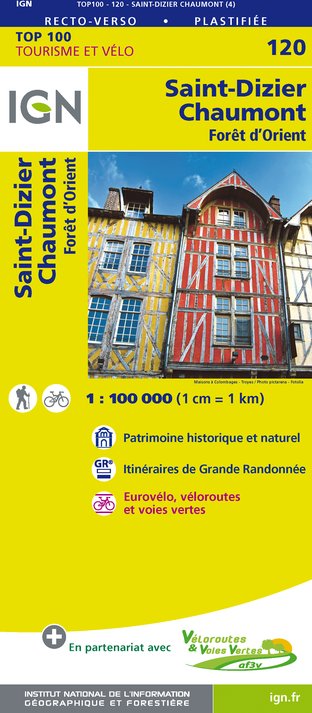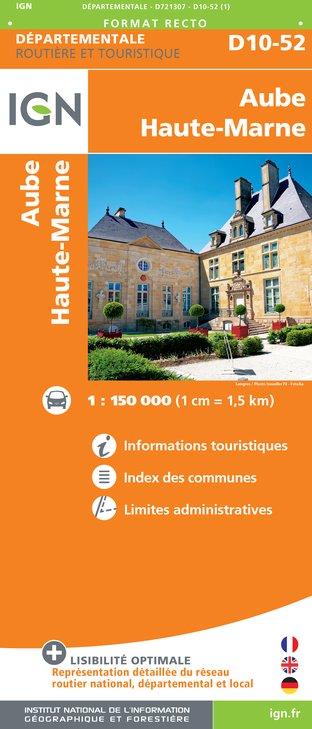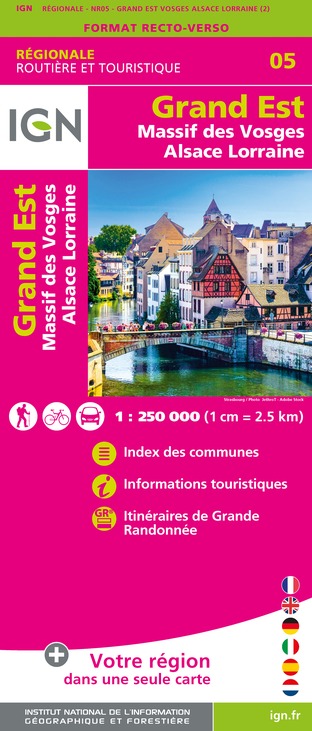Alert
Alerts
Wine Tour

The Cirkwi brief
Dive into a journey that takes you through the heart of Champagne’s lush, vine-covered landscapes. The Plateau de Blu, not just a high point in terms of elevation but also in the breathtaking views it offers, truly is a feast for the senses. Imagine standing atop the highest panoramic viewpoint in the department, where the rolling hills of the Côte des Bar unfurl before your eyes and, on a clear day, the historical cross at Colombey-les-Deux-Eglises gleams in the distance. This hiking experience blends nature's tranquility with the rich tapestry of local viticulture.
Key Technical Details Explored
This carefully curated trail stretches over a distance of 5 km, navigating through a series of gently undulating hills that collectively contribute to a total positive elevation change of 168 meters. The route oscillates between altitudes of 252 and 352 meters, showcasing a moderate level of challenge suitable for most fitness levels. With its clearly marked white and yellow trails, the journey from Fontette ensures an engaging yet straightforward navigational experience, concluding with the crowning viewpoint of Plateau de Blu.
Seasonal Tips & Safety Guidelines
Regardless of the season, preparation is key for an enjoyable trek on the Plateau de Blu. In spring and autumn, pack lightweight rain gear and layers, as temperatures can fluctuate. Summer demands sun protection and plenty of water to stay hydrated under the sun-drenched vineyards. Winter visitors should ensure proper footwear for potentially icy patches. Always stay on marked paths to preserve both your safety and the natural beauty of the environment. The trail offers an immersive nature experience, but respect for the terrain ensures it remains pristine for all.
Historical Essence of Fontette
Fontette, a jewel within the Aube en Champagne region, boasts a rich tapestry of cultural and historical significance. This area, steeped in the tradition of viticulture, offers a glimpse into the heart of Champagne’s winemaking heritage. The Plateau de Blu, beyond providing spectacular views, serves as a silent witness to centuries of human interaction with this fertile land. The region's historical layers, from medieval times through to the present day, enrich every step taken across this picturesque landscape, making each hike not just a physical but also a historical journey.
Climate Insights for Optimal Visits
The region's climate, characterized by mild winters and warm summers, makes it an attractive destination year-round. However, the optimal hiking conditions are found in late spring to early autumn, when the weather balances warmth and manageable temperatures, offering clear skies for those panoramic views. Rainfall is most common in spring and autumn, adding a lush vibrance to the trails but requiring appropriate gear for comfort. For those seeking the vivid tapestry of vineyard hues, October’s harvest season paints the landscape in unforgettable colors.
IGN cards











